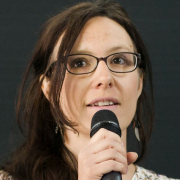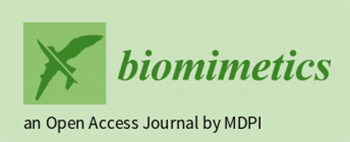Invited Speakers

Prof. Alexandra Houssaye
Muséum National d'Histoire Naturelle, France
Invited Talk
How can research on modern and fossil bones help us build more resistant structures?
Bone is an economical material. Indeed, since moving a heavy skeleton is energetically costly, the vertebrate skeleton is adapted to maximise the resistance to the stresses imposed with a minimum amount of material. Bone is therefore deposited where it is needed, not where it is not. The use of bone as a source of inspiration should therefore reduce the manufacturing cost (financial and ecological) and increase the strength (and life span) of bioinspired structures. Bone adapts at various levels. Comparative 3D analyses of bone shape enable to highlight shape features linked to particular mechanical properties. In addition, the 3D analysis of bone internal structure (through the characterization of the compact bone thickness and of the properties of the cancellous bone [density, orientation, thickness of trabeculae] at different locations in the bones) reveals functional microanatomical characteristics. Based on these analyses, biomechanical tests can be performed, consisting in first computer modelling and then mechanical tests with the construction of optimised structures by additive manufacturing. These tests make it possible to establish general biomechanical rules that can be used for bioinspiration in various fields. Yet, if current diversity is already a great possible source of bioinspiration, past diversity is naturally much richer and offers access to a much wider range of possibilities and to potential new extremes of functions that greatly enrich the spectrum from which biomechanical inferences can be established. Investigating the fossil record thus make it possible to obtain much more solid inferences, in addition to being able to answer even broader questions.

